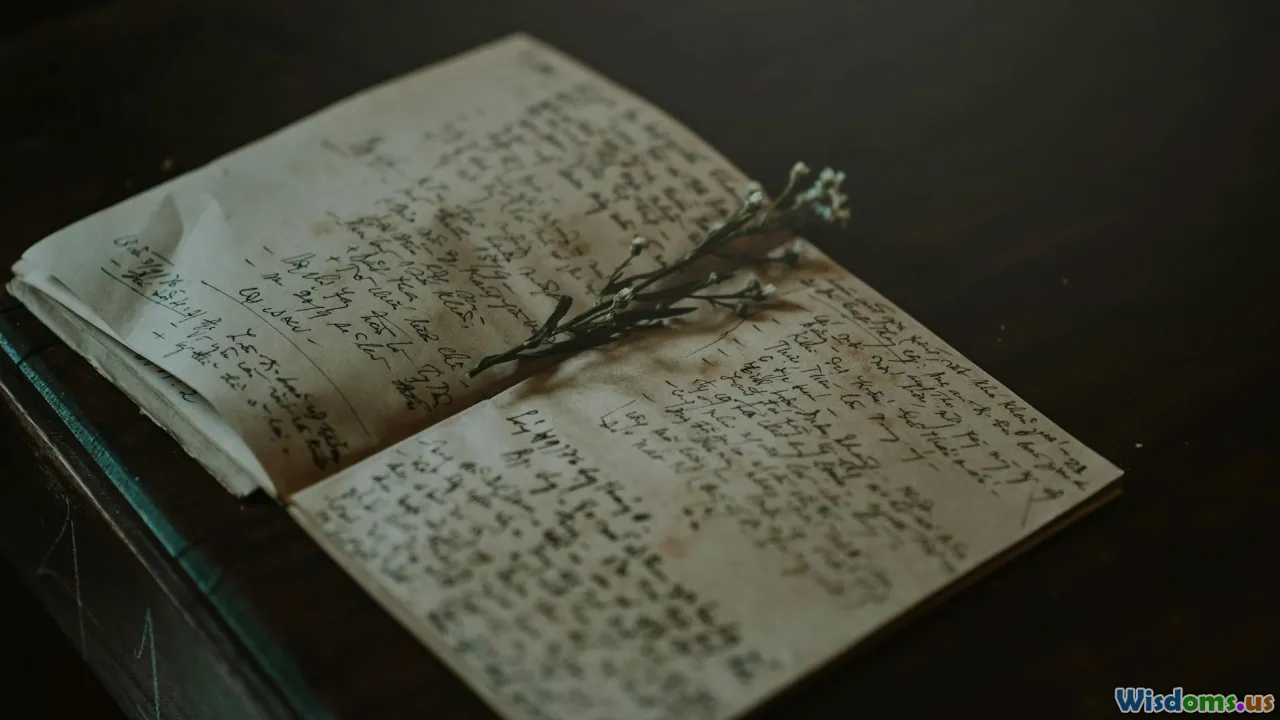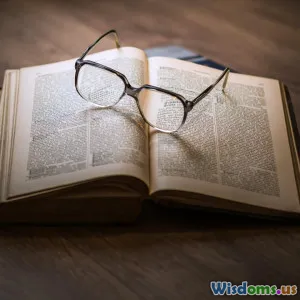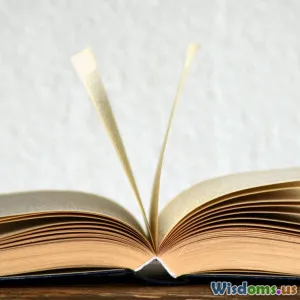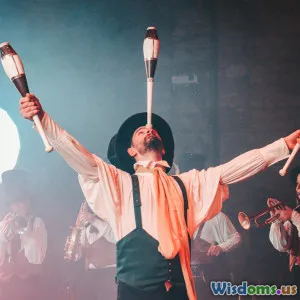
The Influence of Poetry on Prose
7 min read Explore how poetry shapes prose, enhancing narrative depth, style, and emotional resonance in literature. (0 Reviews)
The Influence of Poetry on Prose
Introduction
At first glance, poetry and prose may appear like two distinct realms in the literary universe: poetry, with its concise, rhythmic, and highly structured form; prose, expansive, flexible, and seemingly more straightforward. Yet, upon closer inspection, poetry’s imprint on prose writing is unmistakable and far-reaching. This relationship is instrumental in shaping memorable narratives, underscoring emotional undercurrents, and even redefining literary styles through the ages. This article delves into the rich and nuanced ways poetry has influenced prose, enriching the reader's experience and broadening the writer’s creative toolkit.
The Confluence of Form: Rhythmic Language in Prose
Poetry prioritizes rhythm and meter, often using patterns of stressed and unstressed syllables to create auditory pleasure. While prose is typically free from strict poetic meter, prose writers frequently borrow poetic techniques to enhance the flow and musicality of their writing.
Rhythm Beyond Poetry
Authors like James Joyce and Virginia Woolf crafted prose that mirrors poetic rhythms, creating sentences that ebb and flow like waves. In Ulysses, Joyce’s sentence construction pushes prose into lyrical terrain, inviting readers to experience language not only intellectually but sensorially. Woolf, in To the Lighthouse, uses rhythmic repetition and cadence to build memories and emotions, showing how poetry’s pulse can underpin prose narrative.
Example: The Sound of Silence
Poetic devices such as alliteration and assonance often permeate prose to create mood or emphasis. Ernest Hemingway’s succinct prose exhibits a subtle use of these techniques, making sentences ‘sing’ without abandoning clarity. In his novel A Farewell to Arms, Hemingway’s economical style magnifies the emotional weight of scenes, demonstrating how poetry’s sound devices refine prose texture.
Imagery and Symbolism: Painting Pictures with Words
Poetry excels at conjuring vivid images and symbols to convey complex emotions in sparse language. This economy and potency have percolated into prose craftsmanship.
The Power of Metaphor and Symbol
Consider the works of Gabriel García Márquez, who famously infuses magical realism with poetic symbolism. His novels, like One Hundred Years of Solitude, illustrate how poetic imagery creates layers of meaning, blurring lines between reality and imagination. By integrating such imagery, prose becomes a canvas for abstract ideas expressed concretely.
Data Insight
A 2018 study by literary scholars at the University of Oxford analyzed over 500 classic and contemporary novels, revealing increased usage of poetic devices in award-winning prose over the last century. The data points to a rising appreciation of poetic influence in narrative prose to engage readers emotionally and intellectually.
Narrative Voice and Emotional Resonance
Poetry’s closeness to emotion allows prose writers to harness that immediacy through dictions and tone.
The Confessional Touch
This is evident in the confessional poetry influence on prose memoirs. Writers like Sylvia Plath and Anne Sexton not only redefined poetry but also inspired prose authors to embrace raw vulnerability. Prose memoirs today, such as Tara Westover’s Educated, often adopt poetic honesty and intimate narrative voices, bridging genres to deepen reader connection.
Quote Insight
Literary critic Helen Vendler notes, “Poetry trains the mind and ear to attend closely to language, a practice prose benefits from when striving for emotional truth.” This underscores how poetic influence enhances prose authenticity and resonance.
Structural Experimentation and Genre Blending
Poetry’s fluid and often nonlinear structures invite prose writers to break conventional narrative molds.
Hybrid Forms and Experimental Narrative
Notable examples include prose poetry itself—a genre blending line breaks and poetic devices with narrative prose—or novels like Anne Carson’s Autobiography of Red, which weave poetry and prose seamlessly. This experimentation challenges traditional definitions and encourages innovation.
Real-World Trends
Contemporary publishing industry reports show a growing market for experimental prose, signaling reader appetite for poetically inspired narrative forms that challenge and engage.
Poetry’s Influence on Famous Prose Writers
Many master prose writers have openly acknowledged poetry's critical role in their development.
- T.S. Eliot, though primarily a poet, wrote influential prose essays praising poetic form in narrative literature.
- William Faulkner’s sentence structures often echo poetic complexity, enhancing the depth of character psychology.
- Zadie Smith’s writings exemplify the fusion of poetic lyricism with contemporary storytelling.
These figures epitomize how poetry enriches prose on multiple levels: style, substance, and spirit.
Conclusion
The influence of poetry on prose is profound, multidimensional, and enduring. From rhythmic cadences fertilizing the prose landscape to vivid imagery enriching narrative layers, poetry lends prose a heightened sensibility and creative vigor. Writers tapping into poetic techniques find themselves equipped not only to tell stories but to imbue them with musicality, emotion, and innovation. As readers, we benefit immensely, encountering writing that captivates, challenges, and inspires on every page.
Understanding and appreciating this interplay encourages both writers and readers to embrace a richer, more textured literary experience — a true testament to the art of language itself.
Discovering poetry’s fingerprints in prose unveils a timeless dialogue in literature — one that continues to invigorate storytelling, echoing the human impulse to express and connect.
Rate the Post
User Reviews
Popular Posts





















